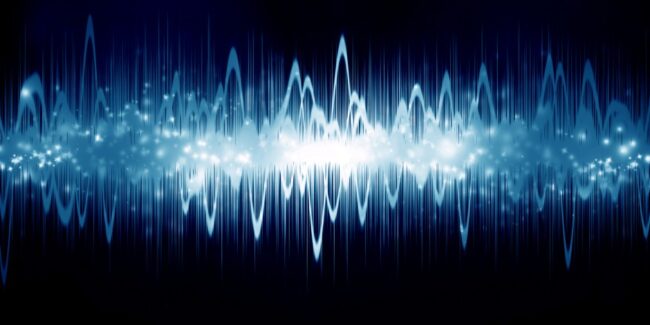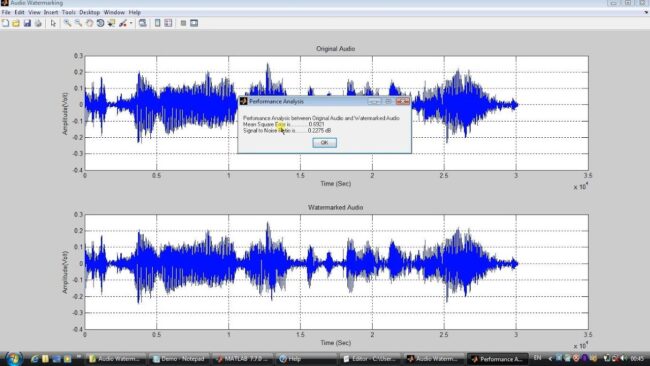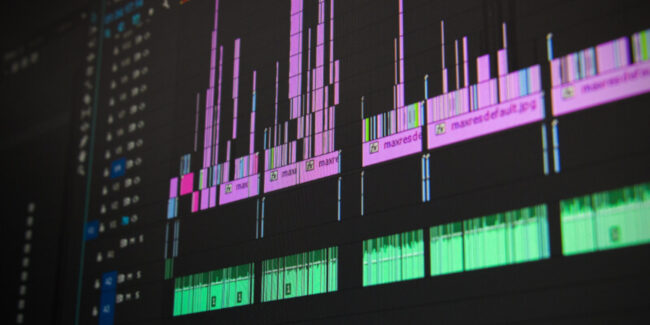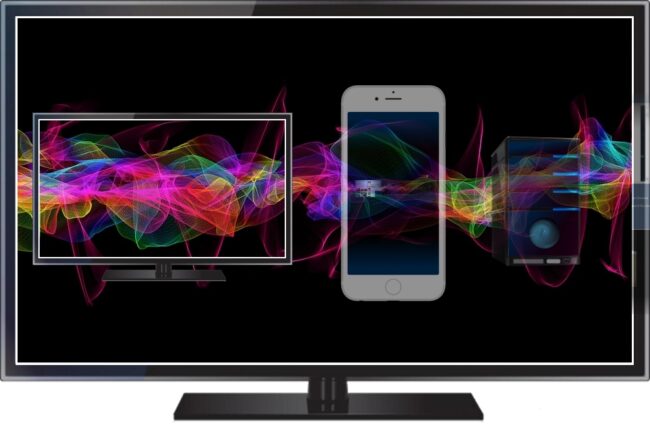Watermarks have been used for a long time to mark the originality and their main purpose is to make a distinction between a genuine item of interest and a copy. Since we live in the information era, the evolution of technology has expectedly come to a solution to always an actual issue of intellectual property and presented a contemporary audience with means of safeguarding their original ideas and sound creations. Therefore, in the following lines, you will be able to learn about the importance of digital audio watermarking and its vast field of use.
Digital Audio

The ever-growing piracy on the internet has been present since the first days of networking, and while some consider this form of data transfer a humane and friendly way of sharing things, others make money and profit at the expense of owners of intellectual property. On the other hand, famous artists are being stigmatized for defending their rights publicly and trying to put an end to this illegal industry. The truth is that digital audio watermarking is beneficial both to the intellectual property owners and to the content enjoyers since it proves the thing that has been paid for is genuine.
How Digital Audio Watermarking Functions

Living beings with a sense of hearing have an inborn ability to separate the sounds they collect from their surroundings and they only process the ones they consider important at that point. Since species other than humans yet have no interest in utilizing digital audio content, we shall focus on our species and try to explain how things work. Namely, if we did not have the ability to filter all of the sounds and vibrations coming from the external stimuli, we would end up dazed and confused since our brain would be overloaded with abundant information.
It is not that our brain fails to gather the info, but it rather selects what is important and processes the information of value. The other sounds that we do not notice are still there and are collected by our consciousness, but are not considered to bring any useful data at the time speaking.
Think of a song as a collection of various sounds coming from different instruments. We almost always listen to a song as a whole, not as a combination of different sounds, yet, if we focus on a certain instrument, we might be able to hear it separately from the whole. Sure, humans have no ability to mute all the other sounds only to focus on one sound of a song, but we can focus on it in order to observe it more closely.
What digital audio watermarking does is the implementation of certain sounds in digital audio composition, but in a way that your ear cannot notice it even if you try really hard. Therefore, this particular approach to the protection of intellectual property allows end-users to enjoy their content without any obstructions, while the authors of various compositions get their credit. If you want to learn more about digital audio watermarks and gather additional info, check intrasonics out and find out more about this subject.
The Application

Although musical artists are the most prominent group that can make use of digital audio watermark technology, the truth is that everything that has anything to do with sound can be branded. This implies numerous TV commercials, jingles, voiceovers, public speeches, etc. Since the main idea of a digital audio watermark is to have an element embedded into the main sound file, this specific approach can be used to enhance different conditions related to numerous professions. Namely, crowded voice conferencing systems are much less complicated to use with the implementation of this technology, by making others aware of who is talking at the time speaking without interfering with fluidity. Also, remember the next time when you watch a movie with a subtitle that that is the exact same approach, only utilized in a video format.
Apart from using it as a protection tool, various musicians can use this technique to provide their fans with additional content such are lyrics to the songs and other components related to the album hidden in a small segment of media they purchase. The list does not stop there, since this way of branding a product has numerous purposes.
Digital Audio Watermark Embedding and Removal

When an audio file is divided into partitions, it is easy to manipulate its segments. The idea is that the user is not able to hear the digital audio watermark embedded, so its frequency is arranged not to be a part of what we can hear. Therefore, low frequencies are used to put a watermark into an audio file. When we talk about the detection of a watermark, it is designed in a way that after the activation of the file, both the user and the artist are secured from copyright issues. Namely, a user gets a unique digital audio watermark and, therefore, has a guarantee that the music they have purchased is authentic.
When we talk about the removal of a digital audio watermark, the procedure is possible after the activation of the media. The important thing to mention that extraction of the embedded file requires less computing power than the implementation, although the processes are similar. When a wave file that carries a watermark enters the system, it gets framed, analyzed and further processed in order to discard the content kept in a DA watermark.
Hopefully, you have realized the possibilities and the potential of digital audio watermarks and their importance to the global market of the audio industry. Not only does this technique allow you to get the real deal for the money you pay, but it also protects the creators of sounds you enjoy listening to.
Fortunately, this type of safeguarding your data is available to broader audiences and is quite affordable, especially when we take all the benefits it provides. Not only will your audio files remain genuine, but they will also keep the former quality without any consequences to the sound.
